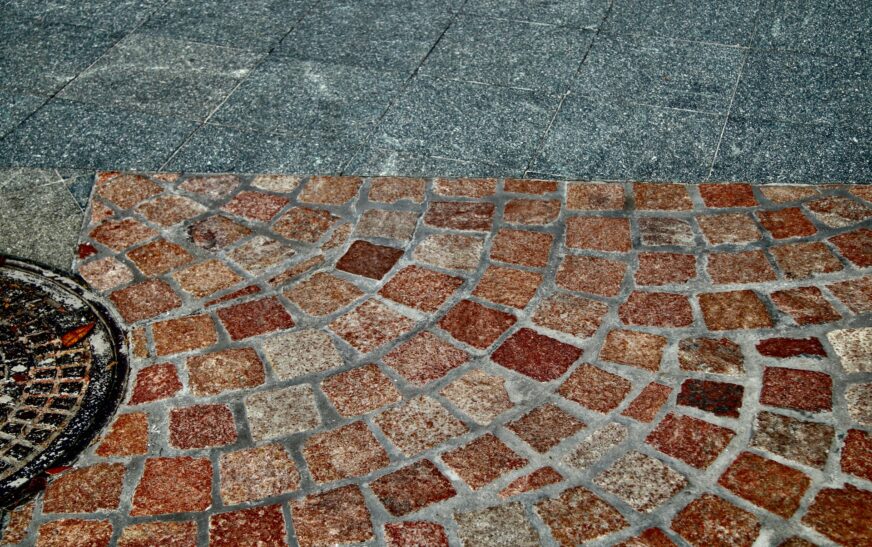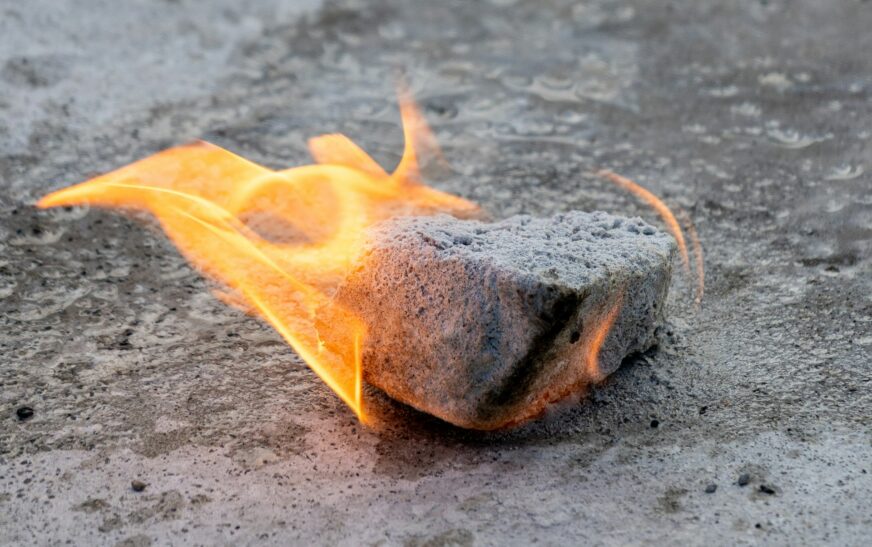Brick has a timeless charm—sturdy, textured, and full of character. But sometimes, that classic red or dull brown just doesn’t match your modern vision. Enter the big question: can you stain brick?
The short answer: yes, absolutely. The long answer: it’s a bit more nuanced. Staining brick isn’t like tossing some pigment on it and calling it a day. It’s a chemical process that requires the right materials, prep, technique, and timing—but the results can be stunning.
This guide walks you through everything: how staining works, its benefits, limitations, and how it compares to painting. Whether updating your home’s exterior, revamping a fireplace, or modernizing an accent wall, you’ll be in the know.
What Does Staining Brick Mean?
Unlike paint, which sits on top of the surface and can peel, a brick stain penetrates the porous material. It dyes the brick rather than masking it, so the texture remains visible and moisture can still escape.
Think of it like staining wood: enhancing what’s already there instead of covering it up with a mask.
Why Stain Brick?
People stain brick for several reasons:
- Aesthetic updates: Maybe your old brick clashes with a modern remodel.
- Restoration: Bring faded or blotchy bricks back to life.
- Unifying mismatched bricks: Different batches can cause color inconsistency—staining creates a uniform look.
- Boost curb appeal: A fresh stain can dramatically elevate the look of a property.
Is All Brick Suitable for Staining?
Not all bricks are created equal. For a stain to work:
- The brick must be porous and unsealed.
- Glossy, painted, or waterproofed bricks won’t absorb stain properly.
Quick tests to check brick readiness:
- Spray Test: Lightly spray water. If it beads, the brick is sealed.
- Absorption Check: If water soaks in quickly, your brick is likely ready to stain.
Painted or highly glazed bricks must be stripped first; otherwise, the stain won’t stick.
Types of Brick Stains
There are two main categories:
- Water-Based Stains
- Penetrate and chemically react with minerals in the brick
- Semi-transparent, keeping the natural texture visible
- Most commonly used
- Acrylic-Based or Tinted Sealers
- Provide more color saturation
- Can resemble paint if over-applied
- Still penetrate the brick, but less subtle
Always choose a stain designed for masonry, not just any wall or wood stain.
Interior vs. Exterior Brick
- Interior: Fireplaces, accent walls, wine cellars—you can stain them all.
- Exterior: Facades, columns, chimneys, retaining walls—perfect candidates, too.
Keep in mind: exterior bricks are subject to weather, moisture, and temperature, which affect how well the stain penetrates and cures.
How Long Does Brick Stain Last?
One major perk of staining over painting: durability.
- Stain becomes part of the brick, so it doesn’t flake or peel.
- A well-applied stain can last 15–20 years or more, especially with proper maintenance.
- Paint, by comparison, often needs touch-ups every few years.
The Brick Staining Process
- Clean the Surface: Remove dirt, moss, soot, and white powdery deposits (efflorescence). Wire brushing or pressure washing may be needed.
- Test the Stain: Try a small hidden area first. Bricks absorb differently depending on age, porosity, and composition.
- Apply the Stain: Use a brush, sponge, or sprayer in even layers. Some bricks may need two coats for consistency.
- Dry and Cure: Usually 24–48 hours, depending on conditions.
- Optional Sealant: Some pros avoid sealing to preserve breathability, but breathable masonry sealants can be used when needed.
Read More : What Is the Color of a Brick? A Deep Dive Into Natural and Engineered Hues
Staining vs. Painting Brick
| Feature | Staining | Painting |
|---|---|---|
| Breathability | Brick remains breathable | Can trap moisture |
| Durability | Long-lasting, no peeling | Requires frequent maintenance |
| Aesthetic | Natural, textured look | Opaque, uniform |
| Application | Needs clean, porous brick | Can go over sealed surfaces |
If your brick is already painted, staining isn’t an option unless you fully strip the paint first.
Bottom line: Staining brick is a fantastic way to refresh or modernize brick surfaces while keeping their natural charm. Done right, it’s low-maintenance, long-lasting, and gives your brick a whole new life without covering up its character.










